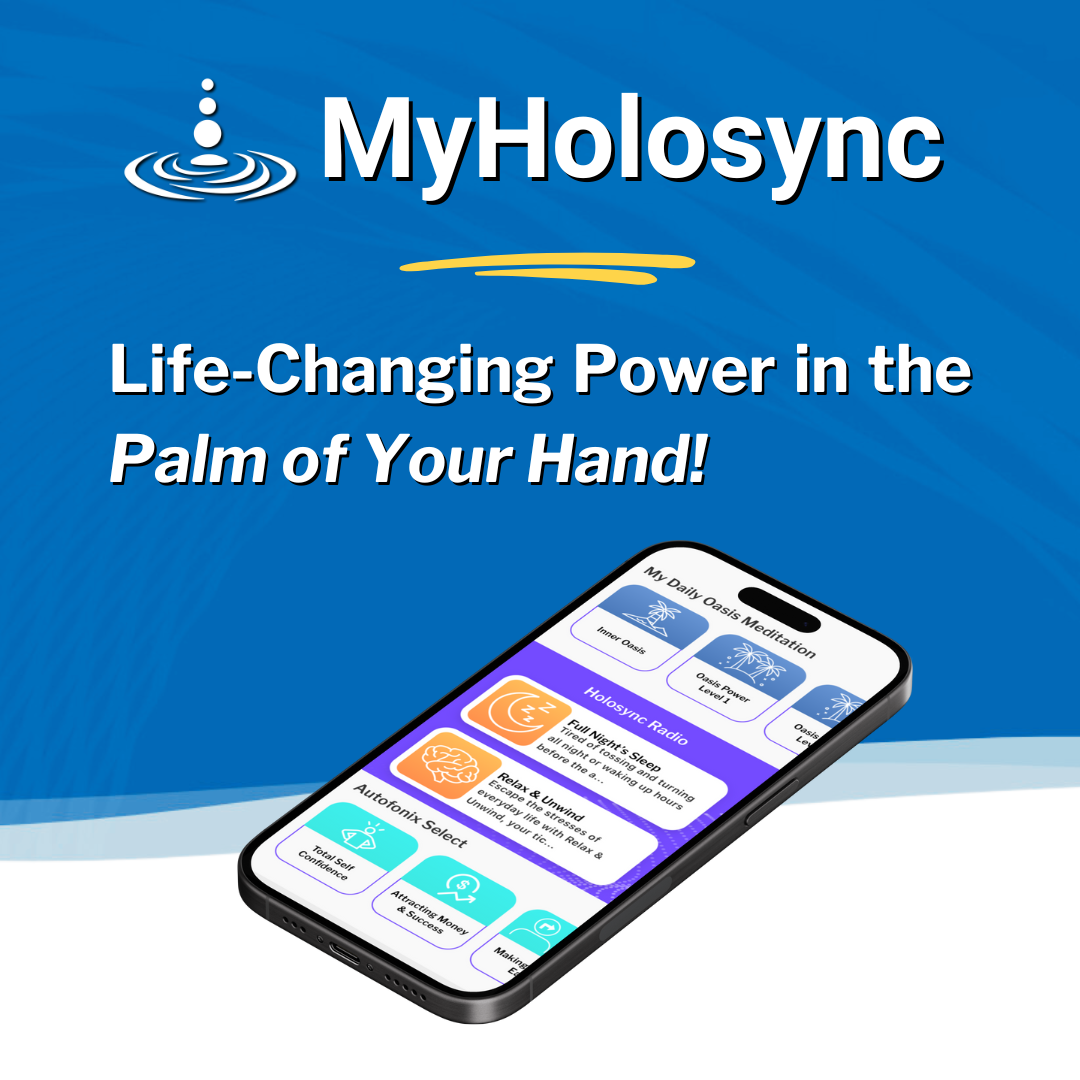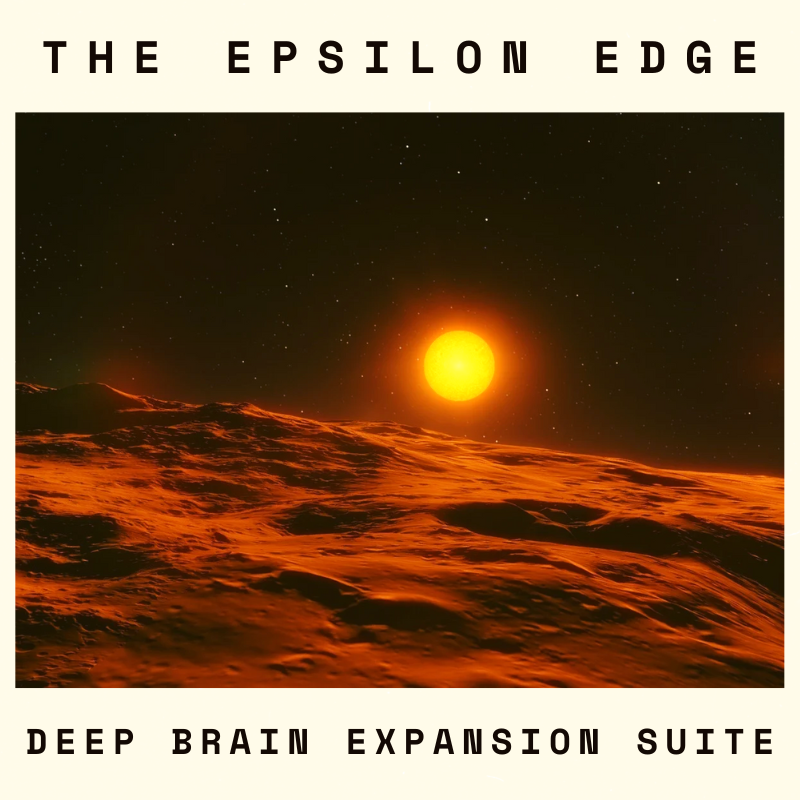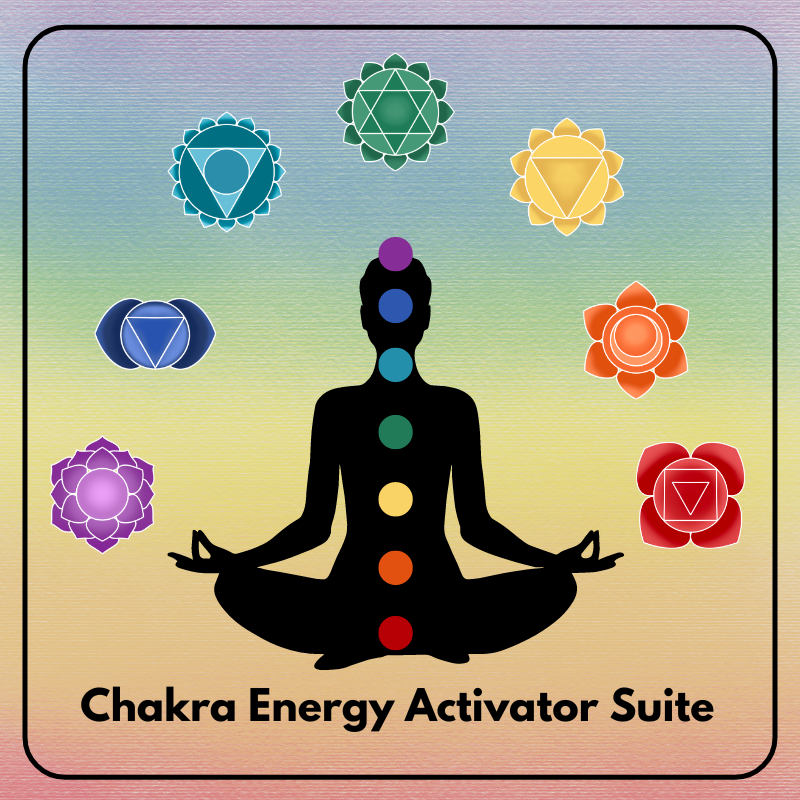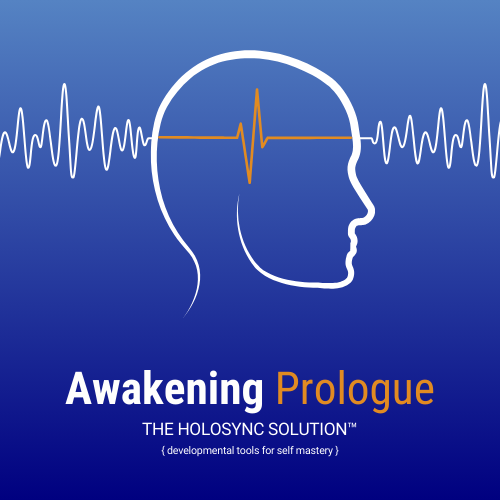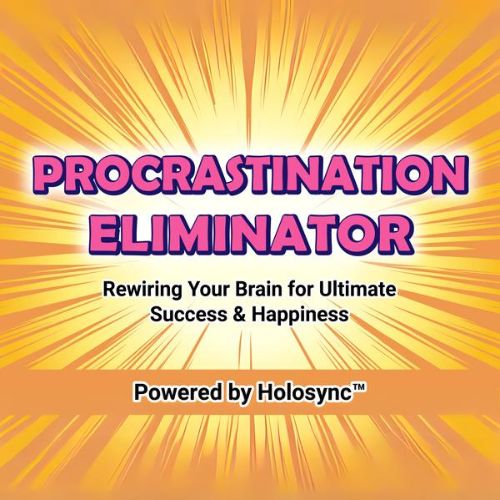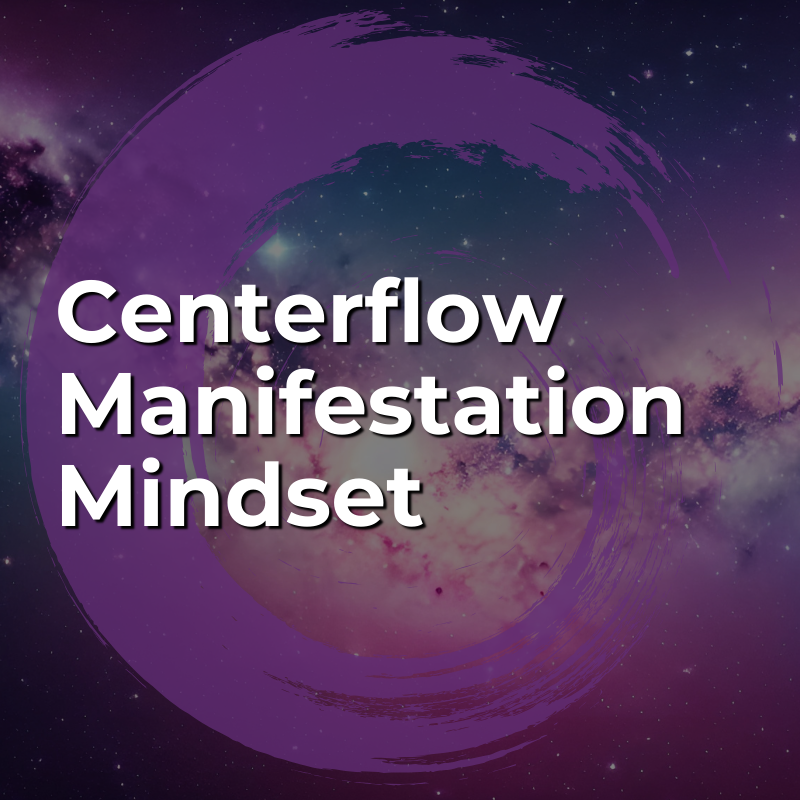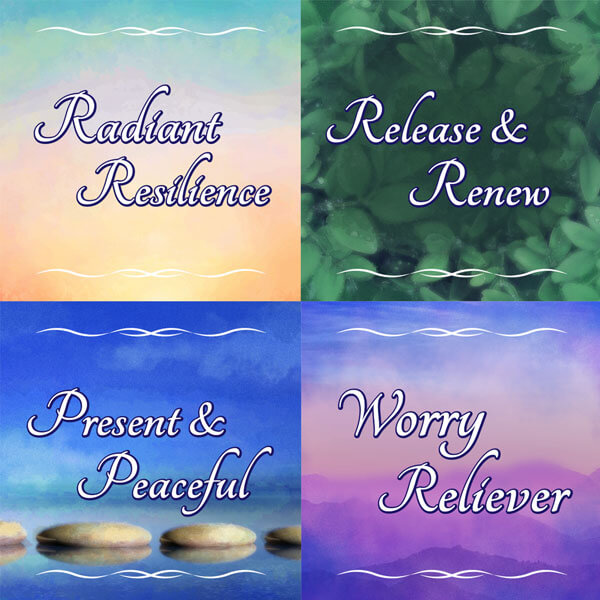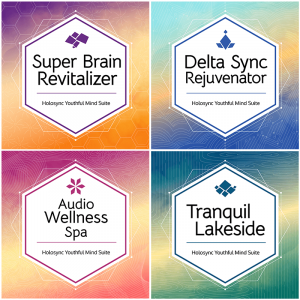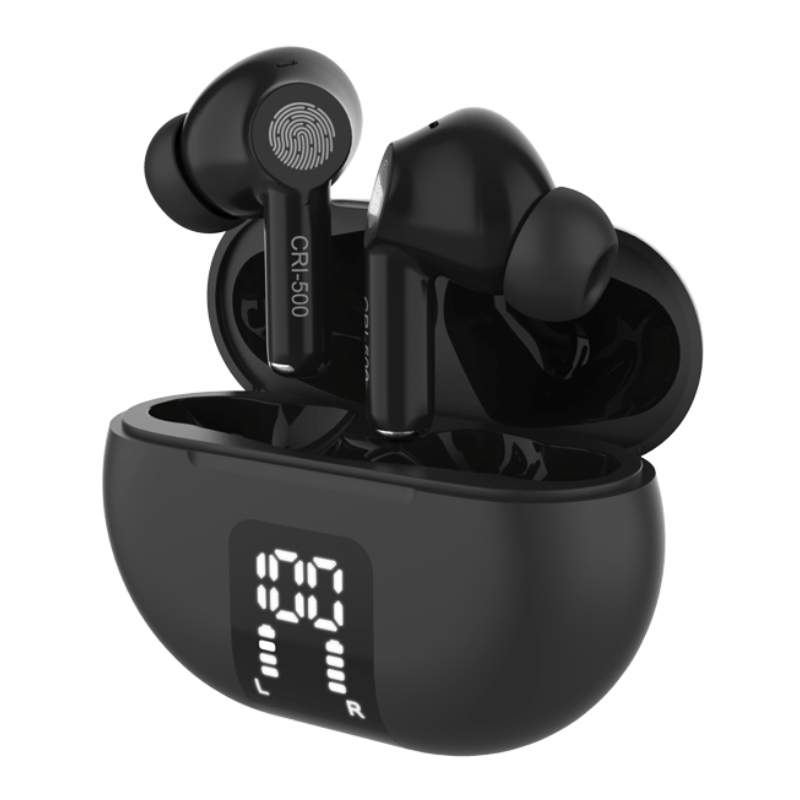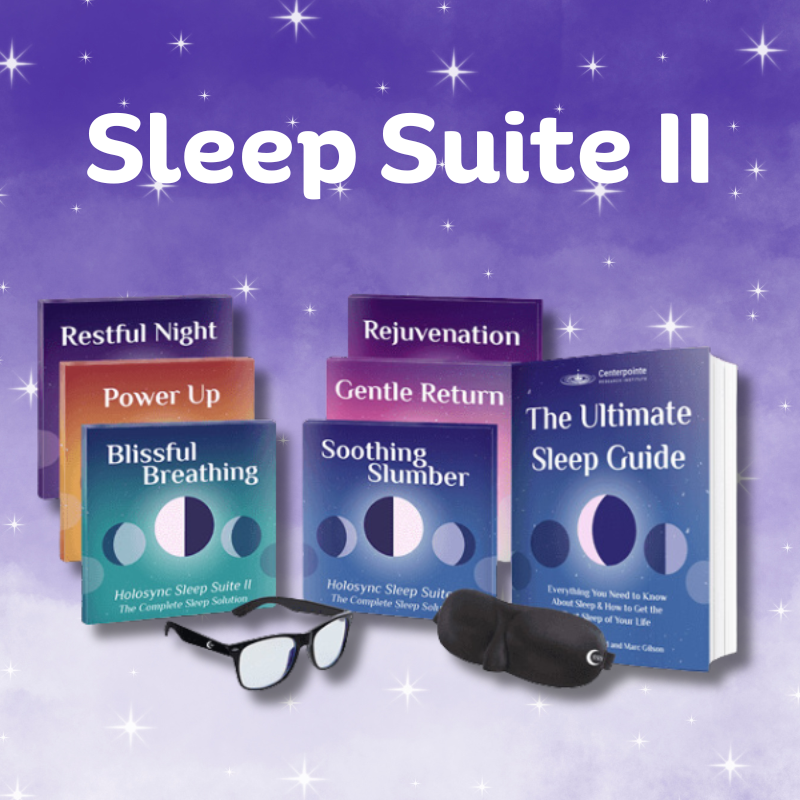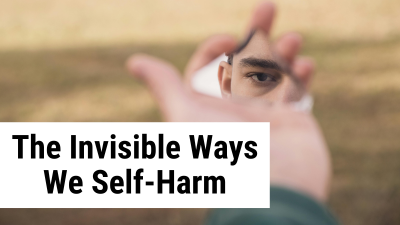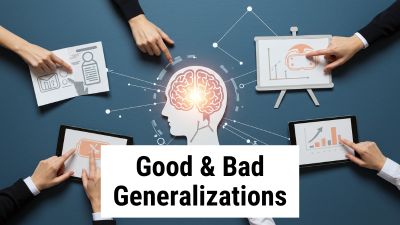
Issue #432 – Monday, July 15, 2024
Rock Your Mind
The Neuroscience Behind Mastering Emotions
By Ryan Standifird
There’s no denying that life has its ups and downs. Even over the course of a day, you’ll likely go through quite a few different emotions.
Anger, elation, annoyance, compassion, boredom, excitement, worry, satisfaction…
How are these emotions formed, anyway?
And if you’re one of the many folks who struggle with anxiety or depression, why does it sometimes feel like one negative emotion has hijacked your entire life?
The good news is, scientists believe they are honing in on an answer.
An Emotional Brain Synergy
A recent study is pulling back the layers and revealing the parts of the brain responsible for creating and regulating our emotions.
By parsing the data gathered through brain imaging technology experiments conducted by the University of Pittsburgh, researchers from Dartmouth College were able to - for the first time ever - clearly identify that the part of the brain that creates an emotion and the part of the brain that regulates the emotion are separate.
Specifically they found that emotions are created in the amygdala - a crucial part of the limbic system.
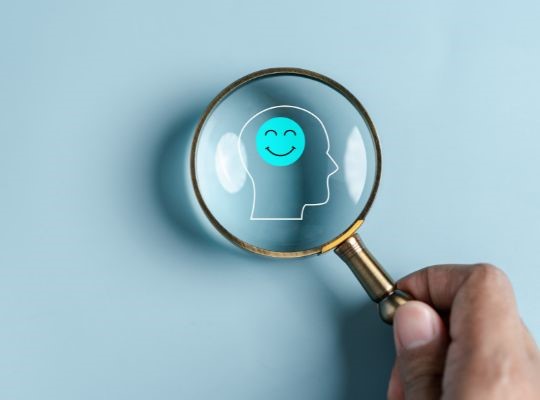
The amygdala is one of the more well-known parts of the brain as it plays a central role in creating our emotions based on our experiences in-the-moment. Fear, anger, happiness and even arousal are the results of the amygdala making sense of a situation.
By contrast, they found that while the amygdala creates the emotion, it’s the role of the anterior prefrontal cortex to regulate those emotions - in a process known as “reappraisal.”
The prefrontal cortex is the part of the brain that facilitates creative problem solving, long-term planning, and good judgment. It makes the best decisions that lead us to success. So it makes sense that this is the part of the brain that is responsible for making sure our emotions don’t overwhelm us!
A Song of Creation and Control
So - how does this work?
Imagine your brain is an electric guitar, and your feelings are music being played.
The amygdala is the left hand on the guitar climbing up and down the fretboard, selecting the notes and strings that make up the song.
This is a C chord. We’re in a major progression. Time for a solo!
But it’s difficult to play a guitar one-handed, isn’t it?
We need another hand to strum the strings, to silence them at the right moment, and fiddle with the volume knob, gain dial, and whammy bar at the base of the guitar.
That’s where the prefrontal cortex comes into play. It influences the raw emotions we feel by applying context to them, instilling rhythm so that the emotion is more likely to fit into harmony with our goals. Coordination between these brain parts is essential!
In neuroscience terms, the prefrontal cortex triggers the release of certain brain chemicals to influence the raw emotion created by the amygdala. This leads to some emotions feeling good, some feeling bad, or even shutting down certain emotions completely.
When the amygdala and the prefrontal cortex work together in harmony, you’ll make some beautiful music.
But this isn’t always the case.
What about the folks who suffer from anxiety and depression? What about the angry, frustrated and cynical people who haven’t smiled in weeks? What’s going on there?
Communication Breakdown
When you feel like your emotions are not in control, it’s likely the result of these two parts of the brain not being on the same page.
And more often than not, the culprit getting in the way is…
…stress - specifically the cortisol caused by stress.
See, when the amygdala is under stress, it brings another part of the brain into the fold - the hypothalamus.
To pick up that guitar playing metaphor again, you can imagine that the hypothalamus is the audience that is listening to the music. When things are going great, the crowd is happy, clapping, and bobbing their heads to the rhythm.

But sometimes the crowd encounters a song - an emotion - that it doesn’t like.
So instead of cheering or singing along, it starts to boo. It heckles. It shouts and screams and might even throw things.
This is the hypothalamus reacting to stress, and its negative actions towards the performer on stage are similar to the way that cortisol can disrupt the connection between the amygdala and the prefrontal cortex.
Granted, in extreme situations this is a good thing.
You don’t want to be stuck on stage in the middle of a song if a fire breaks out, after all. If there’s some real life-threatening disaster, the crowd’s disruption can save your life. That’s the purpose of the hypothalamus after all - it’s main function is our survival.
But in most cases, your life isn’t really on the line - even if the hypothalamus is making such a ruckus that it seems like it is.
As a result your playing becomes disjointed and distracted. The prefrontal cortex is having trouble keeping time. The volume knob might get stuck too high or too low. Your amp might give a nasty clash of feedback, or you might drop your guitar pick and lose your place in the song.
If only the hypothalamus would just be quiet!
Balance and Harmony
What can you do to make sure that the hypothalamus isn’t unnecessarily ruining your show?
Well, it turns out that there is one major habit that works the best at keeping that rowdy audience from getting out of hand.
This one daily habit is known to create more balance and harmony in the brain and reduce the stress that triggers the hypothalamus, calming the crowd even in difficult situations.
I’m talking about the power of meditation!
A daily habit of meditation has been proven over and over again to soothe the limbic system - the part of your brain where the amygdala and the hypothalamus are - while enhancing the prefrontal cortex.
But just like you need to practice the guitar to become a skilled musician, meditation is also something you need to do consistently to truly enjoy the benefits.
And the easiest way to start a meditation practice is with Holosync.
Holosync makes deep meditation as simple as pressing a button. No need for special instructors, lessons, or retreats. Just put those headphones on, press play, and your brain will enter deep, master-level meditative states all on its own.
It’s your scientific shortcut to becoming the rockstar of your life!
So the next time you feel yourself getting overwhelmed by your emotions, remember what’s really going on inside your brain.
Take a deep breath, tune out that noisy crowd, and get your amygdala and your prefrontal cortex back on the same page.
If you can do that, you’re sure to reach the next level!
MEGA Headphones Sale!

Whether you want the convenience and high-tech features of our CRI-500 Custom Wireless Earbuds…
…the cushion and fidelity of the CRI-300 Wired Headphones…
…or the lightweight & powerful CRI-400 Wired Earbuds…
Right now you can get the perfect pair that’ll take your sound experience to the next level!
And when you order today we’ll also scrap the shipping fee!
Just use the code: ShipFree at checkout!
Take advantage now while you can.
Wise Words
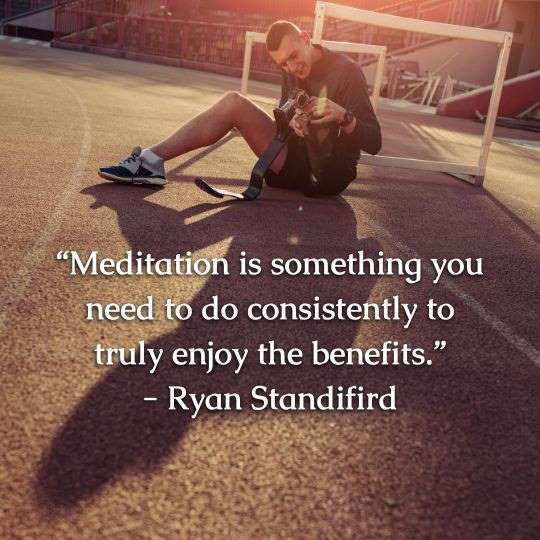
This Really Happened
"Day 1 of my 5 day challenge. I found the challenge late night mindless scrolling. I did day 1 video at the end of a very unmotivated body aching brain fog day that I couldn't shake. After listening I felt my mood shift, my head felt clear and I wasn't on the edge. I was able to get a goodnight sleep that doesn't always come easily to me."
~ Tracy H
5-Day Challenge Participant
We Want to Hear From You!
What bad habit would you like to ditch this year?
Post your story on our Facebook Page.
Not on Facebook? Tell me about the impact that meditation with Holosync has had on your daily life. Stress? Sleep? Weight Loss? Focus? Spiritual Connection? Other? Email your story here.

